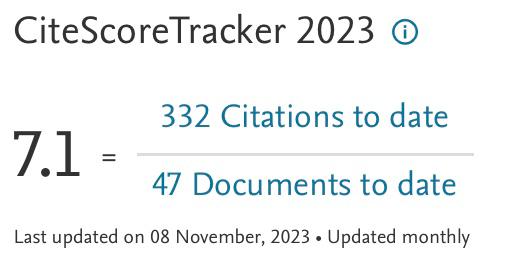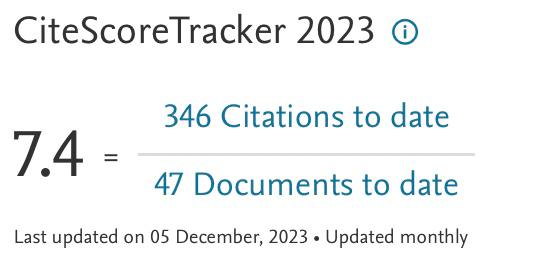Cubic Interpolation Pseudo-Particle Navier-Stokes Formulation Method for Solid Particle-Fluid Interaction in Channel Flow with Cavity
Keywords:
Particles, CIP method, cavity, channelAbstract
Particles dispersion studies have attracted researchers' interest in understanding the physics behind the phenomena. Fluid-particle transport related to cavity flows is relevant to several natural and engineering applications such as cleaning of process equipment. However, there is no detailed discussion on the flow in the cavity channel with the dispersion of the particles and the combination of the effect of different geometric and fluid parameters with the presence of heat. This study is about predicting the behaviour of the solid particle dispersion in the channel with cavity and the interaction with the surrounding fluid with different geometrical, flow and particles parameters. Cubic Interpolation Pseudo-Particle (CIP) method was applied to solve the hyperbolic, advective term of vorticity transport Navier-Stokes equations coupled with energy equation in the two-dimensional, incompressible and laminar flow over the cavity and Eulerian-Lagrangian approach to model the dispersion of the particles inside the cavity. Flow inside cavity with an aspect ratio (AR) range from 0.5 to 4, and Reynolds number (Re) from 50 to 1000 were investigated. Validation studies were conducted numerically by evaluating the CIP method on the flow in the channel with the cavity. Qualitative comparisons between the numerical and experimental were evaluated and presented.
Downloads























